Plot Devices To Complicate Your Story
Plot Devices to Complicate Your Story
You’re excited to write an upcoming story, but the plot seems pretty simple from start to finish.
How can you make it more complicated to deepen your themes, lengthen the story, or leave your readers with plot twists that make their jaws drop?
Try a few of these devices 👀
Add motivation to your instigating action
When the princess gets kidnapped at the start of your story, your hero will rescue her, but what’s the antagonist’s motivation for kidnapping her? If they’re in love with the hero and take their jealousy to the extreme or secretly know that the princess asked them for an escape plan to avoid marrying your hero, the plot is much more compelling.
You could add this detail anywhere in your plot, even in the first chapter.
Layer a second motivation underneath an action
After the princess is kidnapped, the hero starts their journey to rescue her. The reader finds out in the second chapter that the hero is being blackmailed to retrieve the princess and return her to their kingdom’s biggest rival to start a war.
Amplify the original problem
Your protagonist rescues the princess and brings her home, only to find out that she’s had a twin brother all this time who has been taken hostage by the antagonist in retaliation for the princess’ escape.
Introduce a second, more evil villain
The antagonist has kidnapped the princess for their own motivation, but the reader discovers in the middle of your story that they serve a more evil villain who holds a personal grudge against the princess’ father and wants his whole kingdom to suffer as revenge.
Create conflict that brings your protagonist to their rock bottom
The protagonist rescues the princess, almost reaches their home kingdom, but she escapes. The king sends the protagonist to prison for their failure and sentences them to death in three days. The reader will feel the hopelessness along with your protagonist, which is where you can create something that injects new hope into your plot (like a dramatic jailbreak thanks to the protagonist’s best friend).
Make a character betray another
The protagonist reaches the princess with the help of their best friend, but the princess stabs the protagonist in the back by trading their best friend for herself through an unbreakable vow
Reveal an unreliable narrator
Your protagonist agrees to rescue the princess for the sake of the kingdom, but the second or third chapter reveals that they are really on a mission to kill the princess for personal revenge against the king.
Reveal that the villain has known everything the whole time
Your protagonist and princess escape, but the villain factored that into their plan to start a war and have their forces waiting outside of her castle when they arrive home
Introduce sudden regret that changes a character’s arc
The protagonist has to leave their best friend behind to ensure the princess’ escape, but in leaving them, the protagonist realizes they’ve been in love with their best friend the entire time. Regret motivates them to head back for their best friend and risk their life twice as soon as the princess is home safe.
Temporarily kill a character
The princess kills the villain with some help from your protagonist, so they think they’re safe. On their way back home, the villain sets a trap for them in the woods because they actually survived the attack.
Try using Chekov’s gun
Before leaving for the princess, your protagonist gets a potion made by a family member. The directions? “Use it in your moment of greatest need.” The protagonist uses it later when they’re facing the villain or after hitting rock bottom, so the potion becomes a plot device that instigates your second or third act.
Accelerate the plot
Your reader thinks the plot is all about rescuing the princess, but she returns home in the first 100 pages. The real plot begins by choices or actions made during her rescue, which unravel into a much larger story/world event.
You likely won’t be able to use all of these plot devices in a single story. You may not even have the first plot for more than one.
Consider what you’re writing and what dynamics your characters/plot present to decide if any of these tricks could enhance your writing.
More Posts from Mr-sheridan and Others
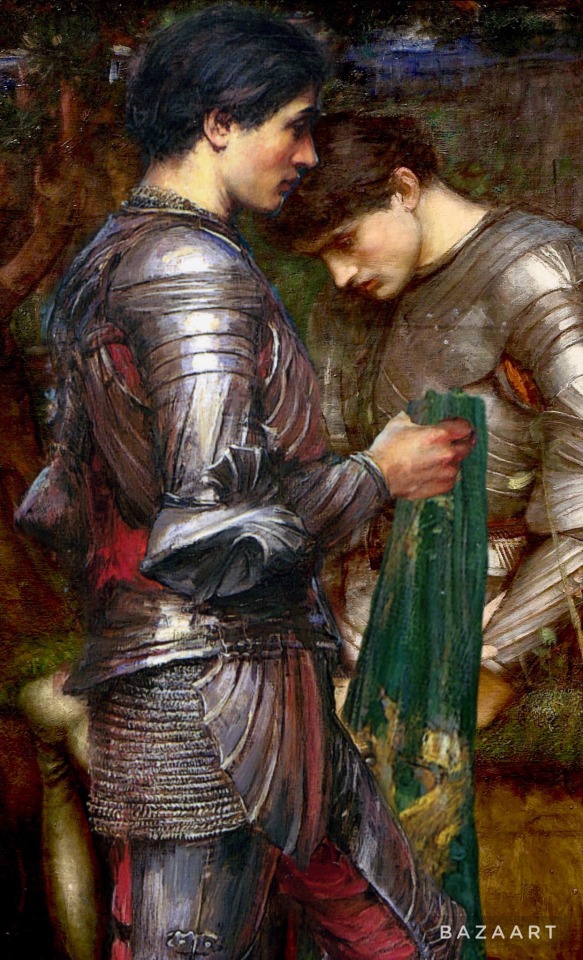
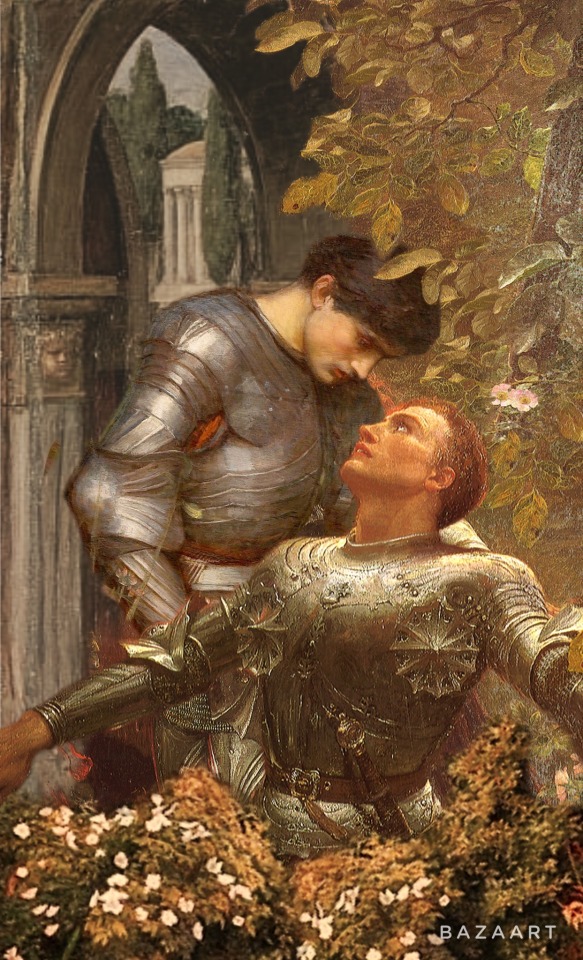
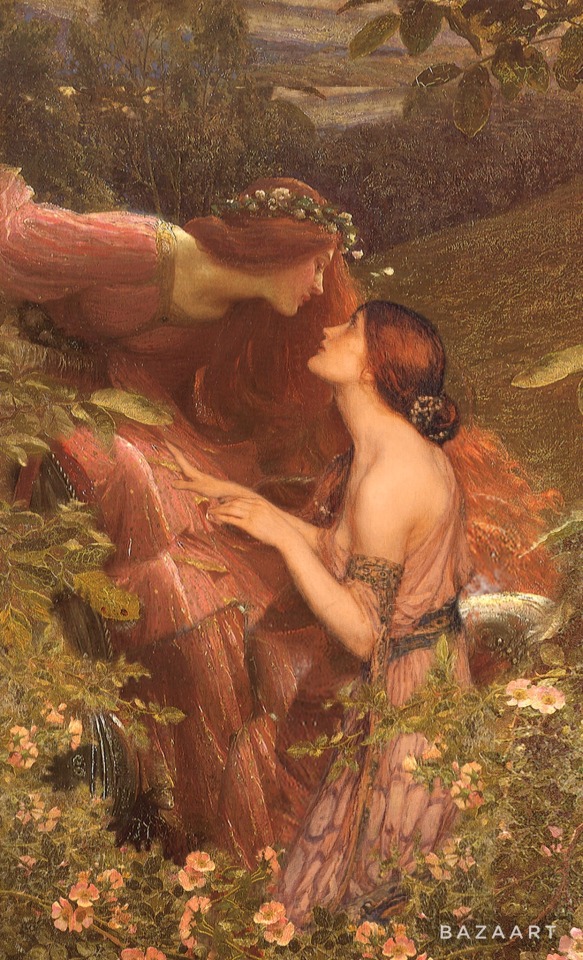

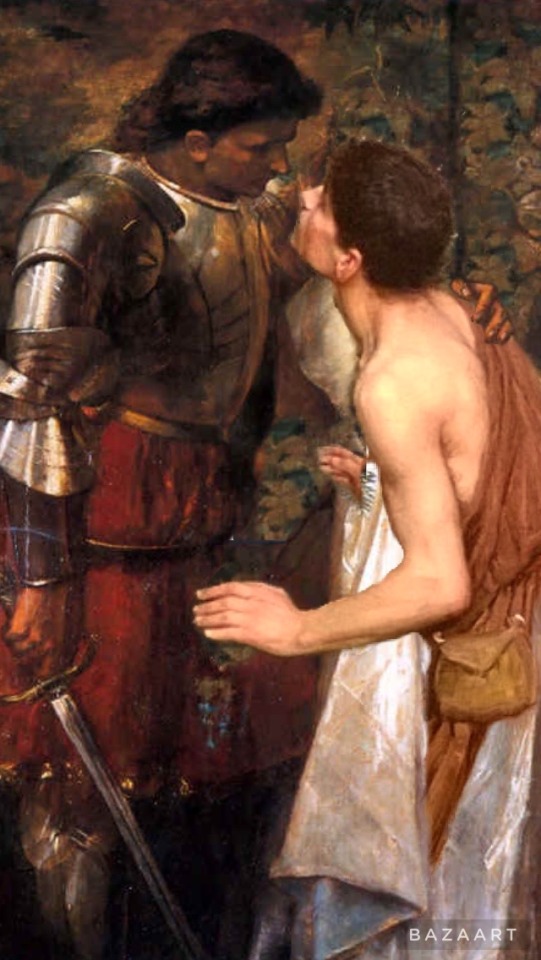
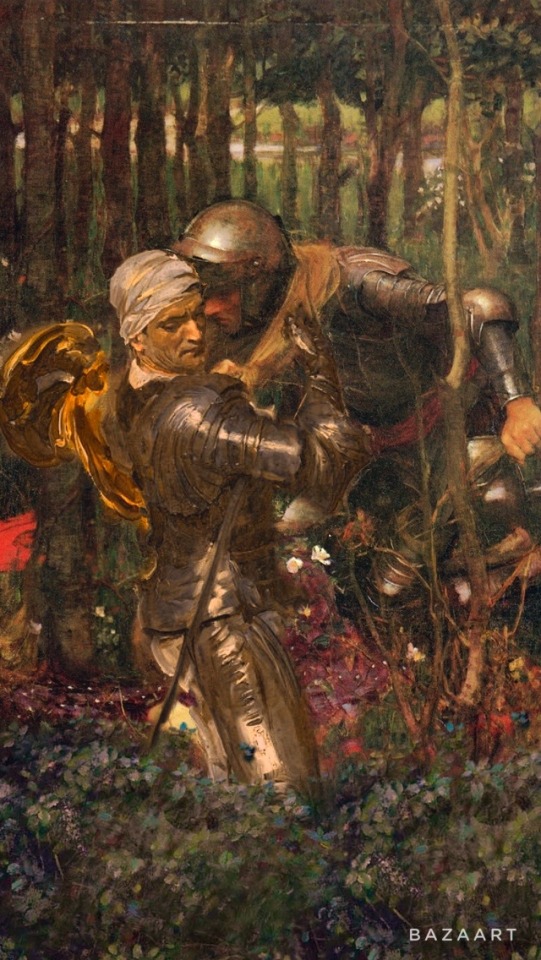
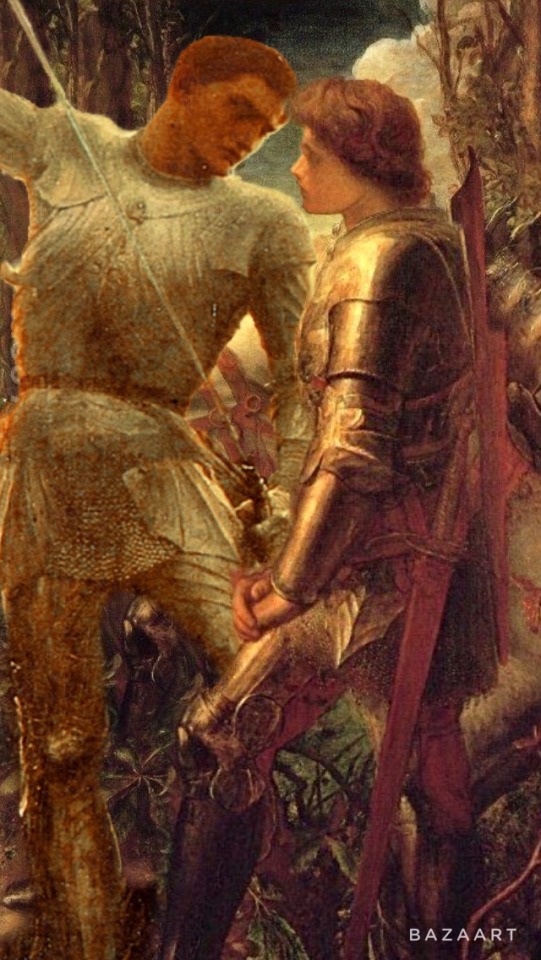
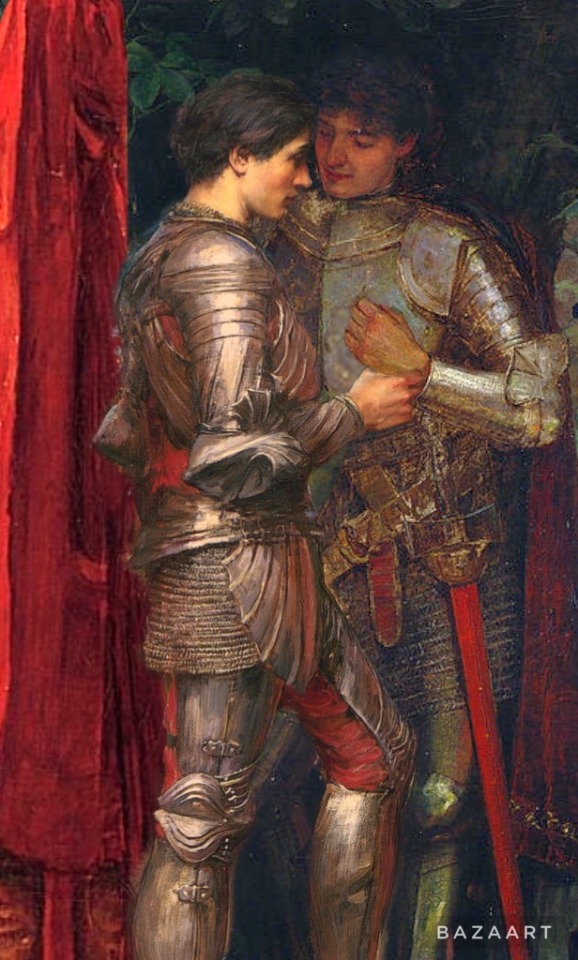
I’ve been making gay knights (and ladies) collages on my phone at work
(Part two)
omg this has the same vibes as dogs looking through fence holes




i think one of my fave shark facts is this thing that some species of sharks do where they sorta peek their heads out of the water to see whats above the surface…..its called spyhopping and great white sharks do it all the time



heishin but shinichi’s trans this time




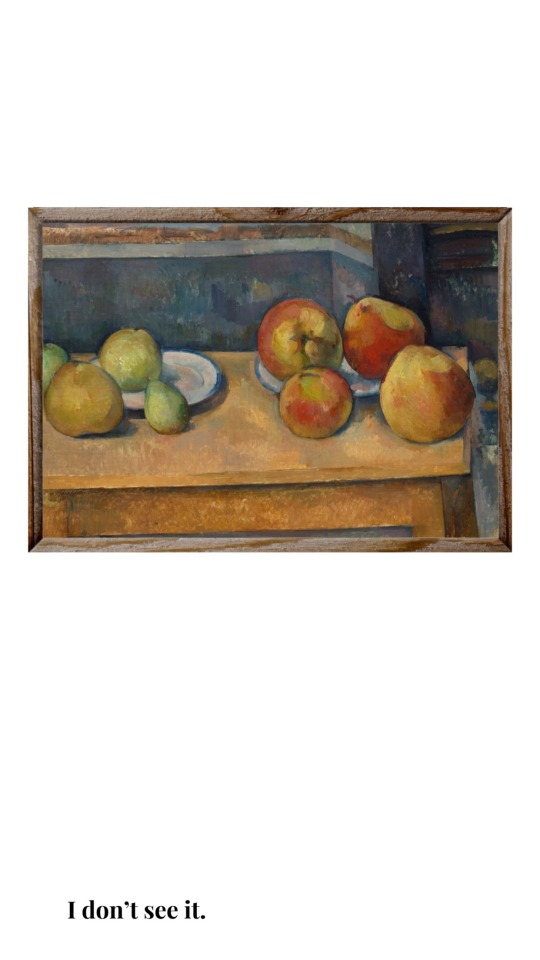
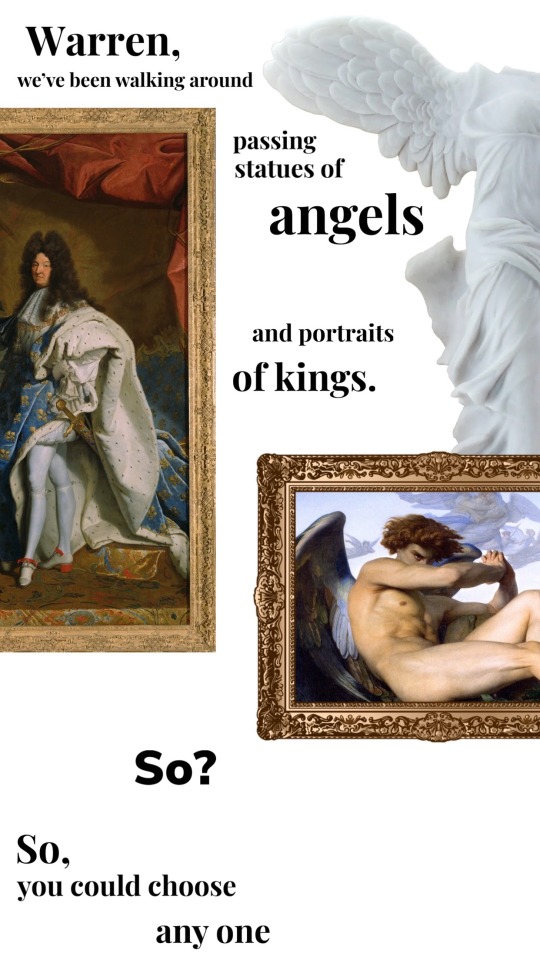

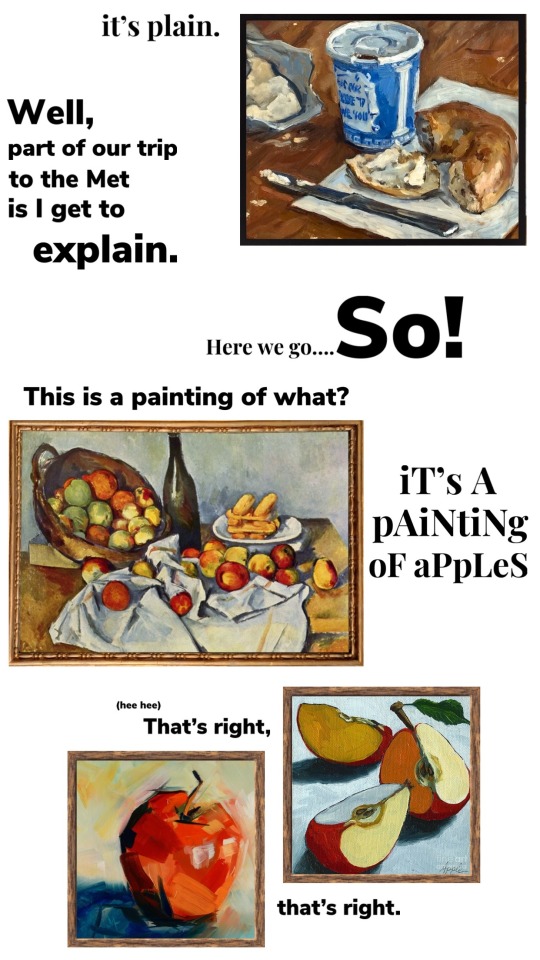
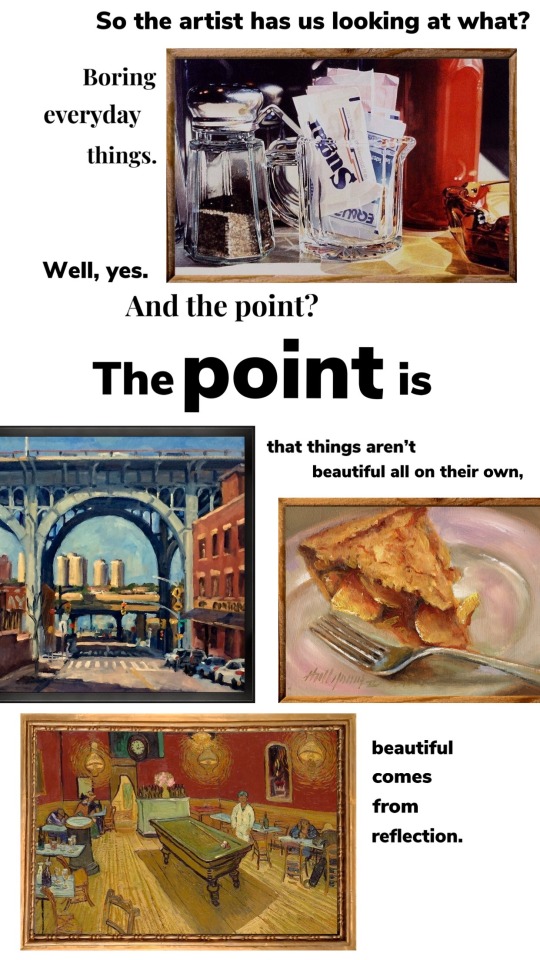


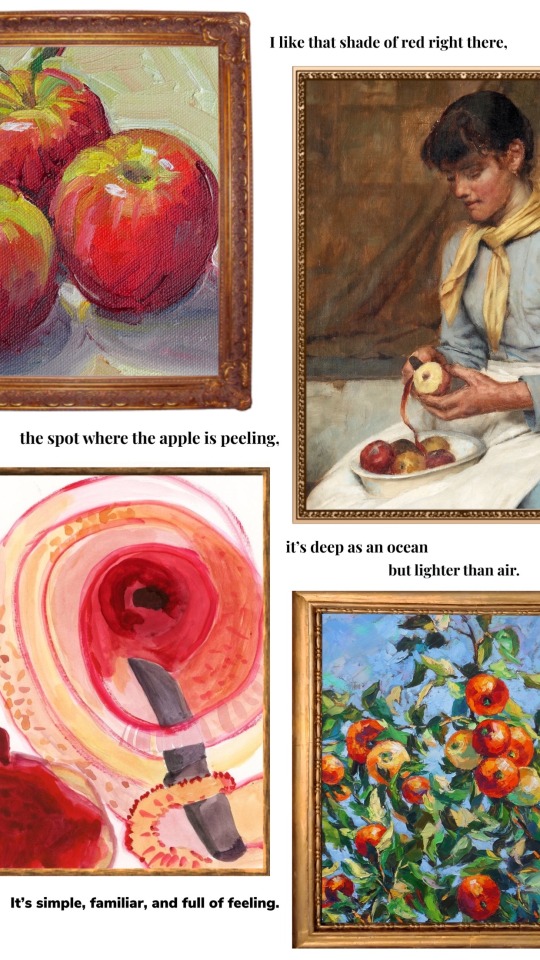
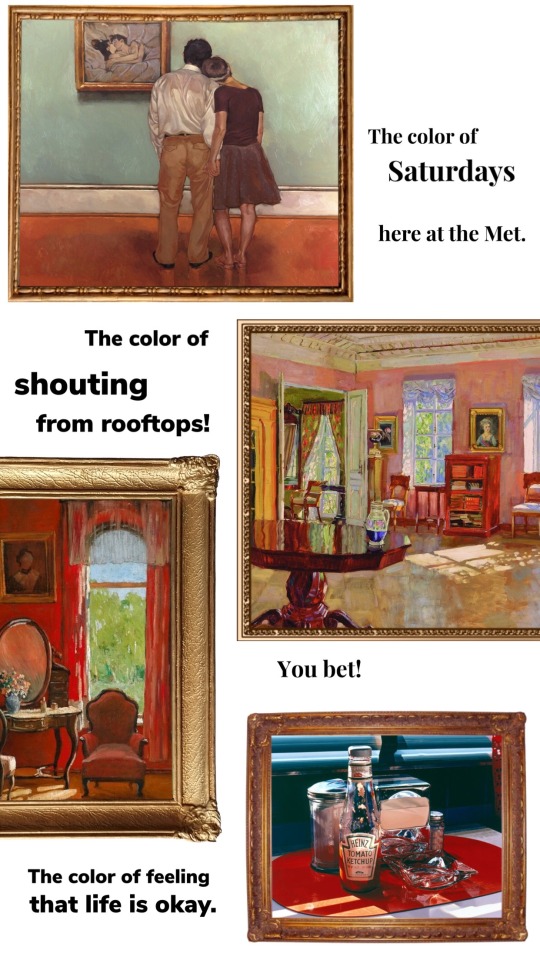

Beautiful from Ordinary Days
I wanna kiss you in places you’re insecure about

Hiring managers acknowledge as much. In a survey of more than 1,000 hiring managers last summer, 27% reported having job postings up for more than four months. Among those who said they advertised job postings that they weren’t actively trying to fill, close to half said they kept the ads up to give the impression the company was growing, according to Clarify Capital, a small-business-loan provider behind the study. One-third of the managers who said they advertised jobs they weren’t trying to fill said they kept the listings up to placate overworked employees.
You've probably been in the position of sending out your resume far and wide, filling out zillions of applications, and going weeks or even months before even getting an answer. Well, turns out a lot of it's because they're not actually hiring anyone. It's not just you.
sometimes i really love being an adult bc like if i was 17 and asked my mom for 7.99 to support one website slam dunking another as it goes down in flames she would roll her eyes and tell me to save my money for better things but now that im 28 i have full autonomy over my money i can just. spend 7.99 because i think a joke is funny and it made me laugh
Clam's Quick Tips for Starting Your Very First Webcomic
Howdy! Here are the three bits of advice I tend to give people who ask me about getting into webcomic-making. Maybe they can help you jump into the fray with a little less fear.
1) Make Your First Chapter a Pilot Episode
You will be told by webcomic veterans to start with a short, simple comic idea first - which is wise - but if all you can think about is your big magnum opus, then you might as well hop in, right? Otherwise you'll just be glancing back at the other cooler project forever.
But if you can't start with a small simple story, start on a small, simple part of that larger story. Your first chapter should be a snapshot of the main conflict - show us a simple scene with few characters, ease us in slowly, keep things clear and focus on emotion/impact/clarity. Get the audience to care by offering something easily digested, but full of promise.
Once you're done with that 'pilot' chapter, and you're feeling more comfortable with the whole comic process, you can open the gates and show us the larger world. At that point, you'll be way more ready.
2) Simplify Your Art Style For Your Own Sanity
Always try to make your webcomic's art style as simple as possible - the standard rule is to use only 75% of your artistic skill for every comic page you make. Otherwise you will burn out quickly and terribly.
But you also need to be PROUD of your art style. If you're really feeling itchy, add a couple bells and whistles to your style so you can look at the finished page and say "Yeah, looks cool." You'll find the right balance the more you draw.
Also, don't be afraid to change your art style as you go along. Ultimate consistency is often impossible in webcomics anyway - so embrace your desire to try new things, streamline your work, whatever you feel needs to happen to be happiest. Sometimes the coolest part of reading a webcomic is noticing that style change - so don't hesitate to embrace it!
3) Resist the Reboot! RESIST!
The curse/blessing of drawing the same things over and over is that you'll inevitably get better at drawing those things. The trouble comes when you look back at old stuff and start thinking "Damn, I could draw that way better now."
You must recognize that this feeling never goes away. Not after a hundred pages. Not after three hundred. Not after a thousand.
I think everyone should be allowed one soft reboot for their first webcomic. Redraw some panels that bother you. Change up some dialogue if it doesn't make sense with your new story ideas. Do maintenance, basically. One of the beauties of webcomics is that they can be easily edited, without reprinting a whole book or remaking a whole game.
But if the ultimate purpose of a webcomic is to tell a story, then constant reboots will just be retelling the same story - slightly better each time, but the same at its core. We've heard it before. Most audiences would rather you save your strength and just keep going, rather than circling back year after year and going "Wait wait wait! I'll do it better this time."
Reboot early, not often, and only when you absolutely must! You're a storyteller, and you're constantly getting better at telling your story. Don't be ashamed of it - look back how much ground you've covered, and keep walking!
---
That's a good start. Happy webcomicking - don't be afraid to jump in, but be prepared to learn a lot very quickly. And if this advice doesn't work for you or adhere to how you did it, that's absolutely fine - webcomics are diverse by nature, and so are their creation processes. Feel out what works best for you, and good luck!
-
 arcylethra reblogged this · 2 months ago
arcylethra reblogged this · 2 months ago -
 wynters-writings liked this · 2 months ago
wynters-writings liked this · 2 months ago -
 transparententhusiastmentality liked this · 4 months ago
transparententhusiastmentality liked this · 4 months ago -
 simpingeverysecond liked this · 5 months ago
simpingeverysecond liked this · 5 months ago -
 fanfictionstoread reblogged this · 5 months ago
fanfictionstoread reblogged this · 5 months ago -
 funwich reblogged this · 6 months ago
funwich reblogged this · 6 months ago -
 funwich liked this · 6 months ago
funwich liked this · 6 months ago -
 auroraescritora liked this · 7 months ago
auroraescritora liked this · 7 months ago -
 tembrooke reblogged this · 7 months ago
tembrooke reblogged this · 7 months ago -
 titinofphil liked this · 8 months ago
titinofphil liked this · 8 months ago -
 ofelliakr liked this · 8 months ago
ofelliakr liked this · 8 months ago -
 werewolfdev reblogged this · 8 months ago
werewolfdev reblogged this · 8 months ago -
 werewolfdev liked this · 8 months ago
werewolfdev liked this · 8 months ago -
 geovnawz liked this · 8 months ago
geovnawz liked this · 8 months ago -
 angelzdream2 liked this · 8 months ago
angelzdream2 liked this · 8 months ago -
 cpt-bagel liked this · 8 months ago
cpt-bagel liked this · 8 months ago -
 ghosteamanita reblogged this · 8 months ago
ghosteamanita reblogged this · 8 months ago -
 tembrooke liked this · 8 months ago
tembrooke liked this · 8 months ago -
 annalandin liked this · 8 months ago
annalandin liked this · 8 months ago -
 midi4ri0love liked this · 8 months ago
midi4ri0love liked this · 8 months ago -
 caspiansunrise reblogged this · 8 months ago
caspiansunrise reblogged this · 8 months ago -
 adriaticmidnight liked this · 8 months ago
adriaticmidnight liked this · 8 months ago -
 poppypiqueerer reblogged this · 8 months ago
poppypiqueerer reblogged this · 8 months ago -
 itsaquantum reblogged this · 8 months ago
itsaquantum reblogged this · 8 months ago -
 itsaquantum liked this · 8 months ago
itsaquantum liked this · 8 months ago -
 adorable-bookworm liked this · 8 months ago
adorable-bookworm liked this · 8 months ago -
 ausernametohate liked this · 8 months ago
ausernametohate liked this · 8 months ago -
 bogreader reblogged this · 8 months ago
bogreader reblogged this · 8 months ago -
 caminantesolitario reblogged this · 8 months ago
caminantesolitario reblogged this · 8 months ago -
 caminantesolitario liked this · 8 months ago
caminantesolitario liked this · 8 months ago -
 plantpirating liked this · 8 months ago
plantpirating liked this · 8 months ago -
 thewordappreciationsociety reblogged this · 8 months ago
thewordappreciationsociety reblogged this · 8 months ago -
 stormblessed-crow reblogged this · 8 months ago
stormblessed-crow reblogged this · 8 months ago -
 babymorpheus reblogged this · 8 months ago
babymorpheus reblogged this · 8 months ago -
 butiswearitwasanaccident liked this · 9 months ago
butiswearitwasanaccident liked this · 9 months ago -
 grianchatten liked this · 9 months ago
grianchatten liked this · 9 months ago -
 everyonesfavoritebard liked this · 9 months ago
everyonesfavoritebard liked this · 9 months ago -
 a13x-isnt reblogged this · 9 months ago
a13x-isnt reblogged this · 9 months ago -
 cecexjk1 liked this · 9 months ago
cecexjk1 liked this · 9 months ago -
 scarsinink liked this · 10 months ago
scarsinink liked this · 10 months ago -
 ffrnskuh liked this · 10 months ago
ffrnskuh liked this · 10 months ago -
 bossbabylouis liked this · 10 months ago
bossbabylouis liked this · 10 months ago -
 sevikaswhore69 liked this · 10 months ago
sevikaswhore69 liked this · 10 months ago -
 winterludde liked this · 10 months ago
winterludde liked this · 10 months ago -
 iambor3d liked this · 10 months ago
iambor3d liked this · 10 months ago
